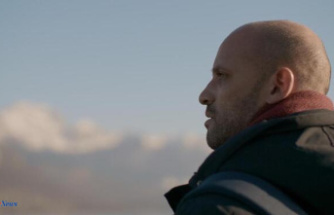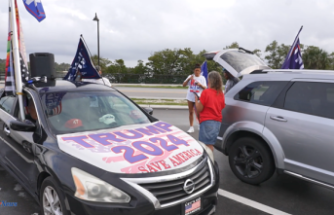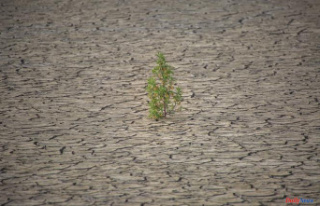A smiling young man, John Allen Chau, films himself on an idyllic beach. On November 17, 2018, the video of this 26-year-old American evangelical missionary made the front page of television news. His body was not found, but seen – the nuance is important – on a beach in North Sentinel, an island in the Andaman archipelago, in the Bay of Bengal. He was killed by arrows from the Sentinel tribesmen who live there.
This news item will suddenly reveal to the world the literally incredible story of this tribe described as "the most isolated in the world", which has lived in autarky for... fifty thousand or sixty thousand years. Apart from that, little is known about this tribe. On the other hand, we will be able to trace with precision the path of the victim since his adolescence, and discover with dismay the power of indoctrination of the group of evangelical Christians to which he belonged. The Last Sentinel retraces these two crossed destinies. Punctuated by apocalyptic music and built on multiple back-and-forths, this suspenseful documentary looks like an unresolved affair.
Born to a doctor of Chinese origin and an African-American mother, John Chau grew up with his brother and sister in Vancouver (Canada), where, very religious, he sees in nature the "creations of God ". In front of the camera, his former friends explain how he then discovered the Sentinels and how, from the age of 17, he felt invested with a great mission: to make Jesus known to this tribe.
In Tulsa (Oklahoma), he will follow the proselyte teaching of the Oral-Roberts University, then make several stays as a missionary in Iraq and South Africa, before going to the Andaman Islands, in 2018. The rest is reported by Deependra Pathak, former director general of the Andaman police, and by the writings of his diary, poetically transcribed here against a background of dark pastel drawings.
" I do not want to die ! »
November 14, 2018. "I leave in three hours", writes the young man. The next day: "I'm scared. The sentries shot at me (…). O Lord I don't want to die! John Chau's name is now engraved on the "wall of sacrifice" at Oral-Roberts University. “This people fascinated him,” recalls a comrade.
It also fascinated Triloknath Pandit, the first anthropologist to set foot on the sands of North Sentinel Island in 1967. Now 88 years old, he comments on the first images, from 1974, of the Sentinels. He was then unable to imagine that he was putting them in danger.
The sequences on the previous missions to the Andaman are uncomfortable. First that of the British administrator Maurice Portman, then that of the Indian state, since the 1980s. Because colonization has left its mark: decimated, the Great Andamanese have been herded; and, in 2014, journalist Denis Giles exposed the sexual exploitation of Jarawa women.
The Sentinels were spared until the 2004 tsunami, which, in addition to killing five thousand Andamanese, showed their existence to the world, through an aerial photo. "If you try to tame them, they will die," says documentary filmmaker Aruna HarPrasad. According to the sources, their number is estimated between ninety and four hundred.












